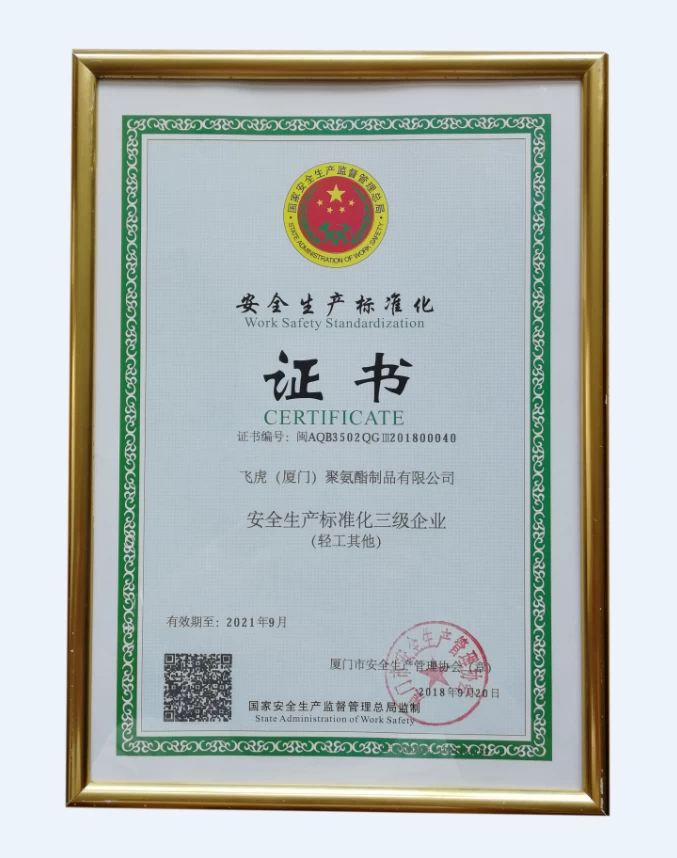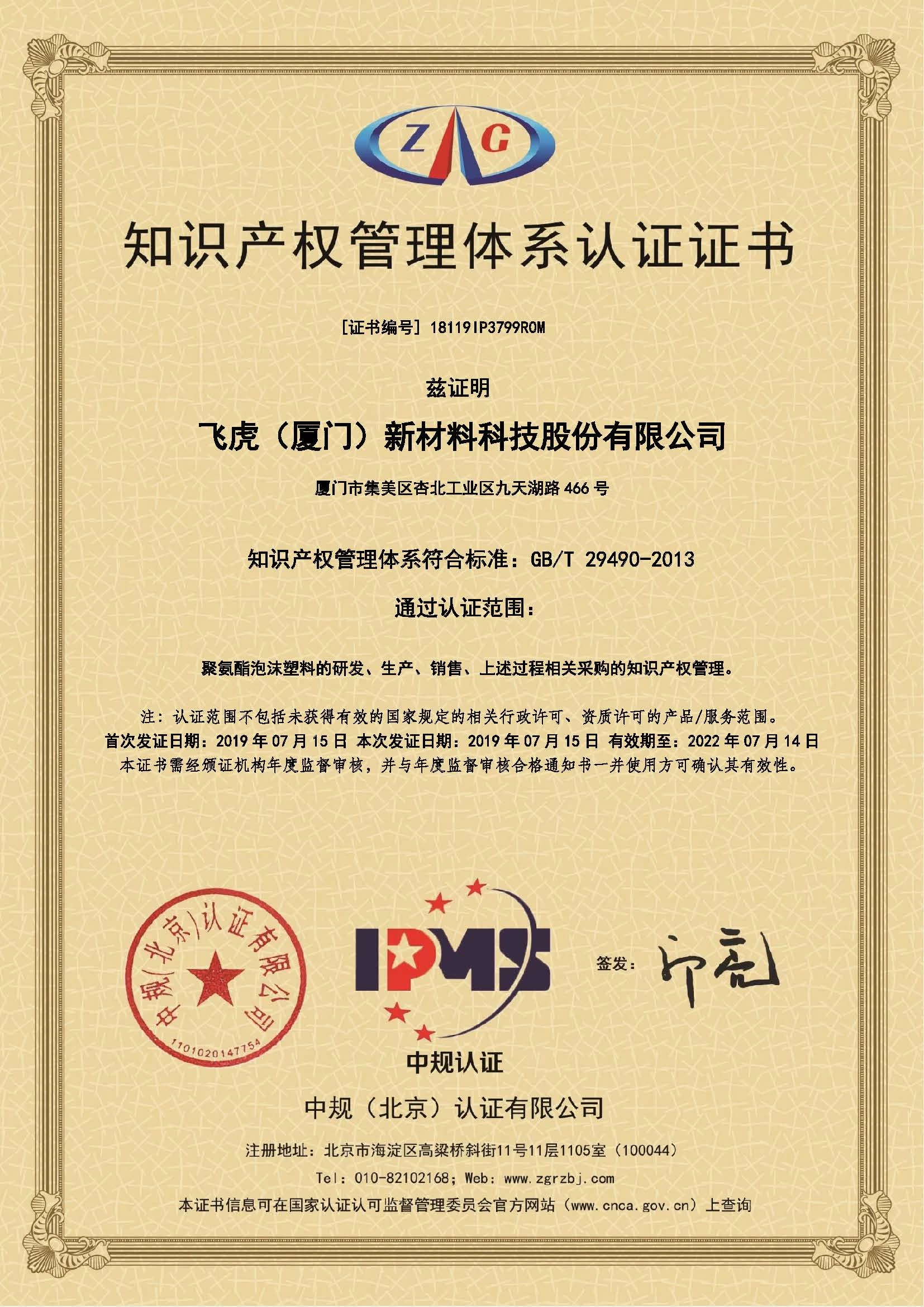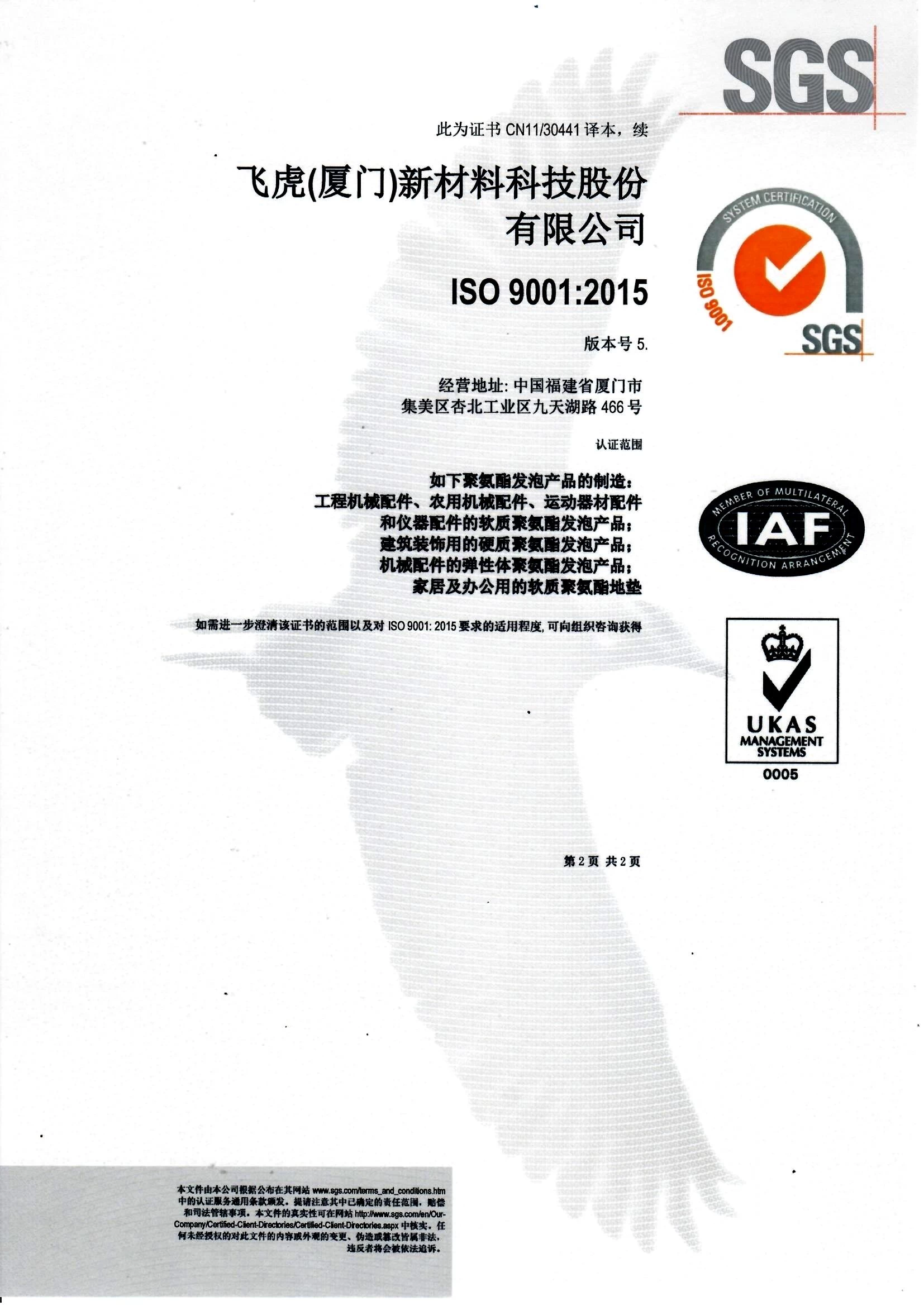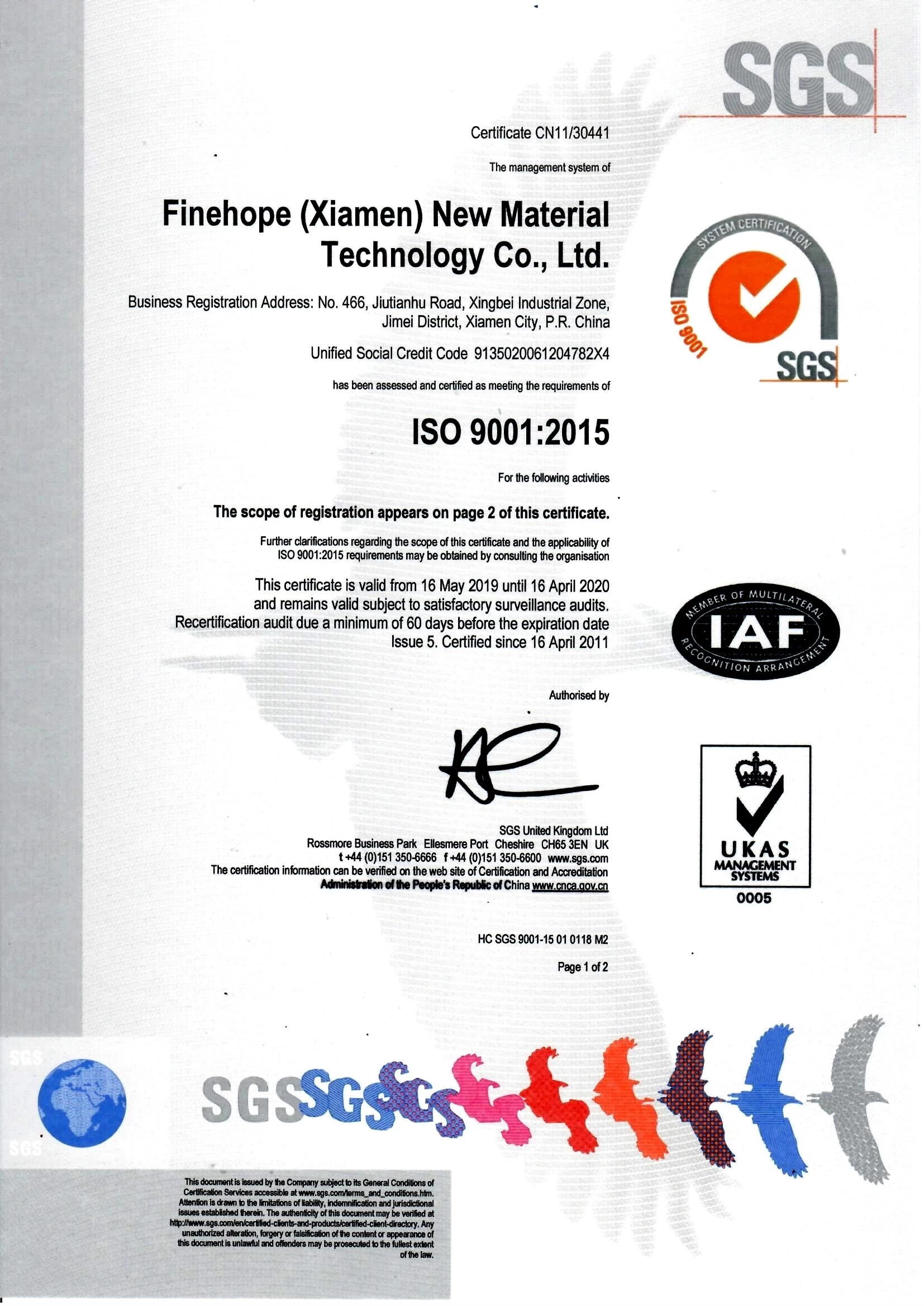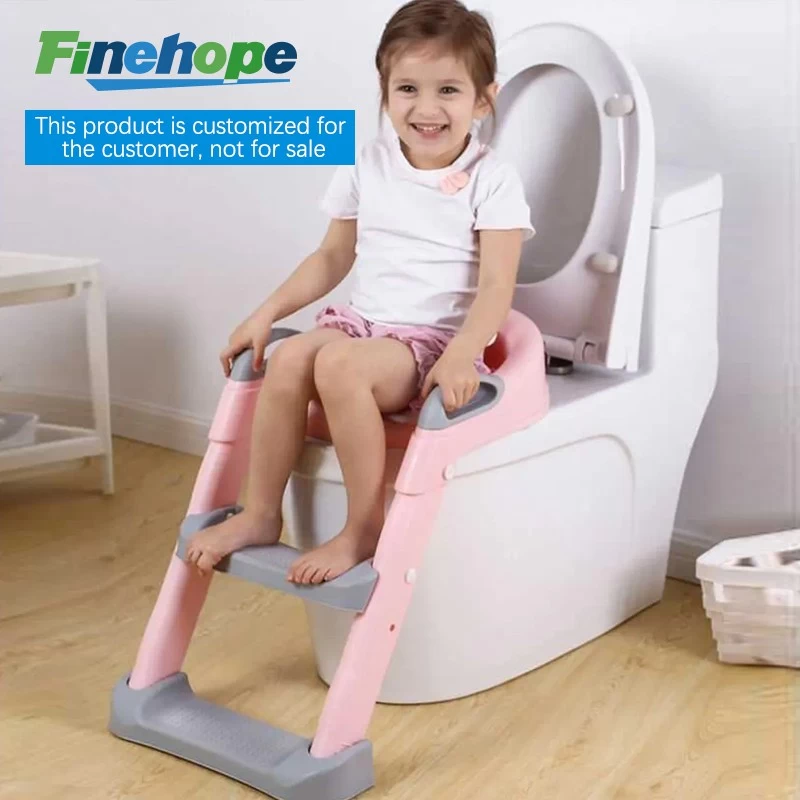Why pay employees to exercise when you can threaten them?
Max Lin
2016-12-29 14:51:26
The researchers challenged a few hundred people to take 7,000 steps a day and offered different incentives to different groups. They discovered that people were much more motivated by the fear of losing money than the hope of earning some.
For the $6bn corporate “wellness” industry — which aims to cajole employees into being healthier — the implication seems to be clear. Employers should put down carrots and start brandishing sticks.
The study hit a nerve with me because last year I strapped on an array of gadgets to allow my bosses to track my exercise, heart rate and sleep patterns for a week. Companies were giving these devices to employees as part of their wellness initiatives and I wanted to try one.
In the course of that week, I think I figured out the answer to the question of how best to incentivise employees to exercise more. It is not to bother at all.
Admittedly, it is hard to argue with the wellness industry’s sales pitch that a healthier workforce is more productive and cheaper (if you are on the hook for employee healthcare costs, that is). The question is how you go about it.
Wellness programmes that encourage employees to exercise more, eat better food and give up smoking are popular but the hard research, such as it is, suggests that these “lifestyle interventions” are the least effective part of any strategy. A seven-year study of PepsiCo’s programme concluded that the company did reap lower healthcare costs but all the savings came from the “disease management” part of the programme: the bit that helped people with existing problems such as diabetes.
There is also the risk of unintended consequences. When I was wearing my gadgets I felt I would be judged not just on what I did at work, but on what I did in my free time too. One night I walked around the block at 11pm because I was worried my “step count” was too low. My flatmate thought I was slightly unhinged.
I wasn’t the only one, it turns out. When researchers André Spicer and Carl Cederström investigated the effects of corporate wellness programmes, they found they often ate into employees’ free time and made them anxious.
Stress and anxiety are the health risks you can miss if you are too focused on issues like fitness. A friend of mine used to work at a big management consultancy where he did long hours under a lot of pressure.
As a coping strategy, he started going to the gym late at night. He said it was the only time he felt he had any control over his life. He was doing so much exercise he would have won a gold star in most wellness programmes but in fact he was burning out.
This is what irks me about initiatives that simply urge employees to run more and eat better. Such wellness programmes are based on the idea that your health affects your work but ignore the fact the reverse can also be true.
The evidence that work can be bad for your health is abundant. Studies show links between shift work and heart attacks, between poorly designed chairs and back pain and between workplace bullying and anxiety.
Surely this should be a rich seam for the wellness industry. Tools that help you figure out when you the employer are the problem would be much more useful, since fixing these matters is directly within your power.
I met a start-up recently called Soma Analytics that aims to provide employers with a diagnostic tool just like this. Its product is an app for employees’ smartphones which, it is claimed, picks up on subtle shifts in their stress levels — changes in tone of voice, for example, or quality of sleep. The employer does not receive individualised data but it can see when a whole team, division or demographic appears to be stressed out.
Johann Huber, one of Soma’s founders, hopes this will prompt companies to figure out when they are working particular teams too hard, so they can address the problem before people start going off sick or quitting.
Technology like this will have its critics but at least it is aimed in the right direction. Companies should stop urging employees to be “well” and focus on not making them sick.
Related news:
- Polyurethane best anti fatigue floor mats antifatigue kitchen mats, anti slip stair mats anti slip mats for stairs, anti slip mat for kitchen
- Polyurethane no slip bath mat non skid mat floor foam mats cushioned kitchen mats cushion mat
- wrought iron balcony balustrade.exterior balustrades.terrace balustrade.iron balustrade
- balustrades for sale.balustrade outdoor.stainless steel balustrade.decorative balustrade
- baluster mold,stair baluster,railing baluster,balcony baluster





